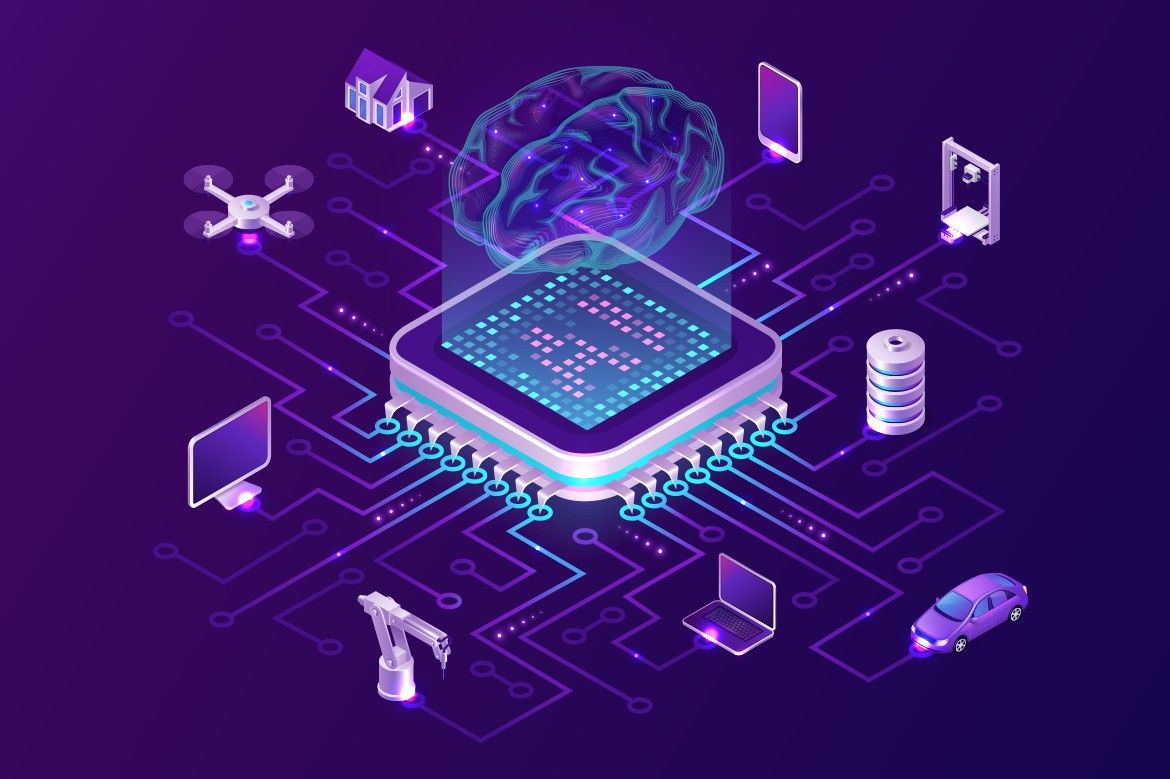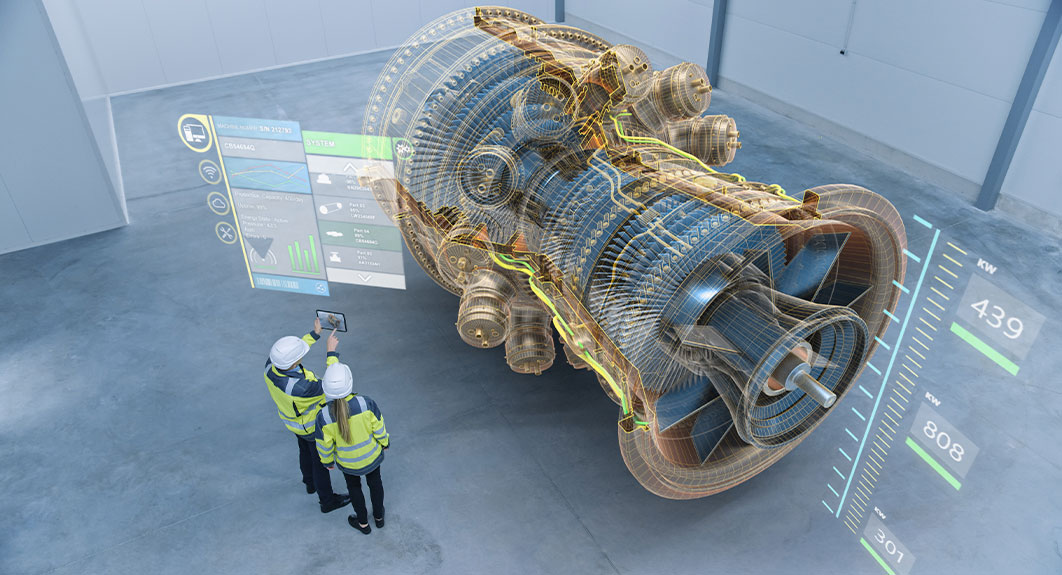Neuromorphic Computing: Brain Modeling for the Future of IT
Author: Екатерина Ушакова

In the ever-evolving landscape of technology, neuromorphic computing is emerging as a groundbreaking approach that could revolutionize the IT industry. Inspired by the structure and function of the human brain, neuromorphic computing aims to create systems that mimic the brain's neural networks, leading to more efficient, adaptable, and powerful computing capabilities. This innovative field holds the promise of transforming everything from artificial intelligence (AI) to data processing, potentially leading to a new era in computing.
At the heart of neuromorphic computing is the idea of modeling how the brain processes information. Unlike traditional computers that use a linear and sequential approach to processing data, the human brain is capable of handling vast amounts of information simultaneously, processing it in a highly parallel and interconnected manner. Neuromorphic systems are designed to replicate this structure by using artificial neurons and synapses that work together to process data in a way that closely resembles brain activity.
One of the key advantages of neuromorphic computing is its potential for dramatically improved energy efficiency. The human brain, despite its incredible processing power, operates on just about 20 watts of energy—far less than the power consumed by today's supercomputers. Neuromorphic chips, which mimic the brain's energy-efficient processes, could drastically reduce the power consumption of data centers, mobile devices, and AI systems, making them more sustainable and cost-effective.
Neuromorphic computing also offers significant improvements in processing speed and adaptability. Traditional computers are excellent at performing tasks that are well-defined and repetitive, but they struggle with tasks that require learning, pattern recognition, and adaptation—areas where the human brain excels. Neuromorphic systems, by contrast, are designed to learn from experience, recognize patterns, and adapt to new information in real-time. This makes them ideal for applications in AI, robotics, and real-time data analysis, where the ability to learn and adapt is crucial.
The potential applications of neuromorphic computing are vast and varied. In AI, for example, neuromorphic chips could enable more advanced and responsive systems that can learn and evolve over time, leading to smarter virtual assistants, more autonomous robots, and enhanced decision-making tools. In healthcare, neuromorphic systems could revolutionize personalized medicine by analyzing vast amounts of medical data to identify patterns and recommend treatments tailored to individual patients. Even in everyday consumer electronics, neuromorphic computing could lead to more intuitive and efficient devices that better understand and respond to user needs.
However, despite its promise, neuromorphic computing is still in its early stages, and significant challenges remain. Developing hardware that accurately mimics the complexity of the brain's neural networks is a daunting task, and researchers are still working to overcome issues related to scalability, reliability, and integration with existing technologies. Nevertheless, the progress made so far is encouraging, and the potential rewards are too great to ignore.
In conclusion, neuromorphic computing represents a bold and innovative approach to the future of IT. By modeling the brain's structure and function, this technology has the potential to revolutionize computing, offering greater efficiency, speed, and adaptability. While challenges remain, the advancements in neuromorphic computing could pave the way for a new era of intelligent systems, transforming industries and enhancing our daily lives in ways we are only beginning to imagine.
Popular Articles

